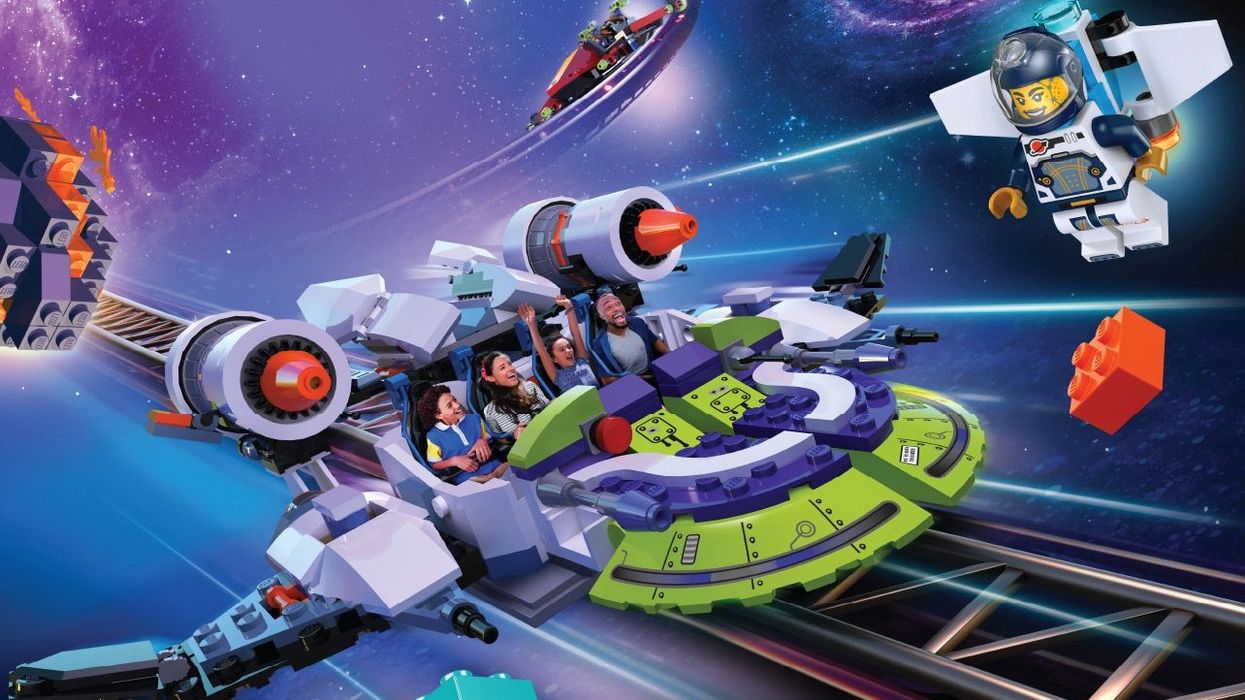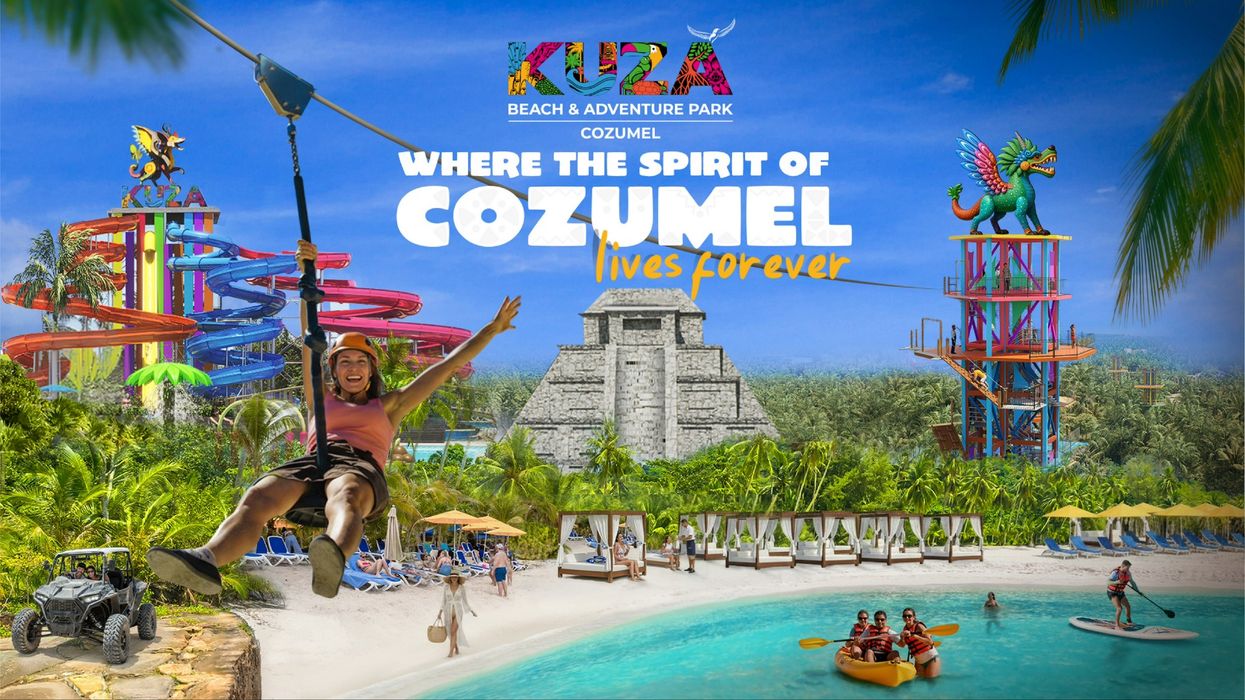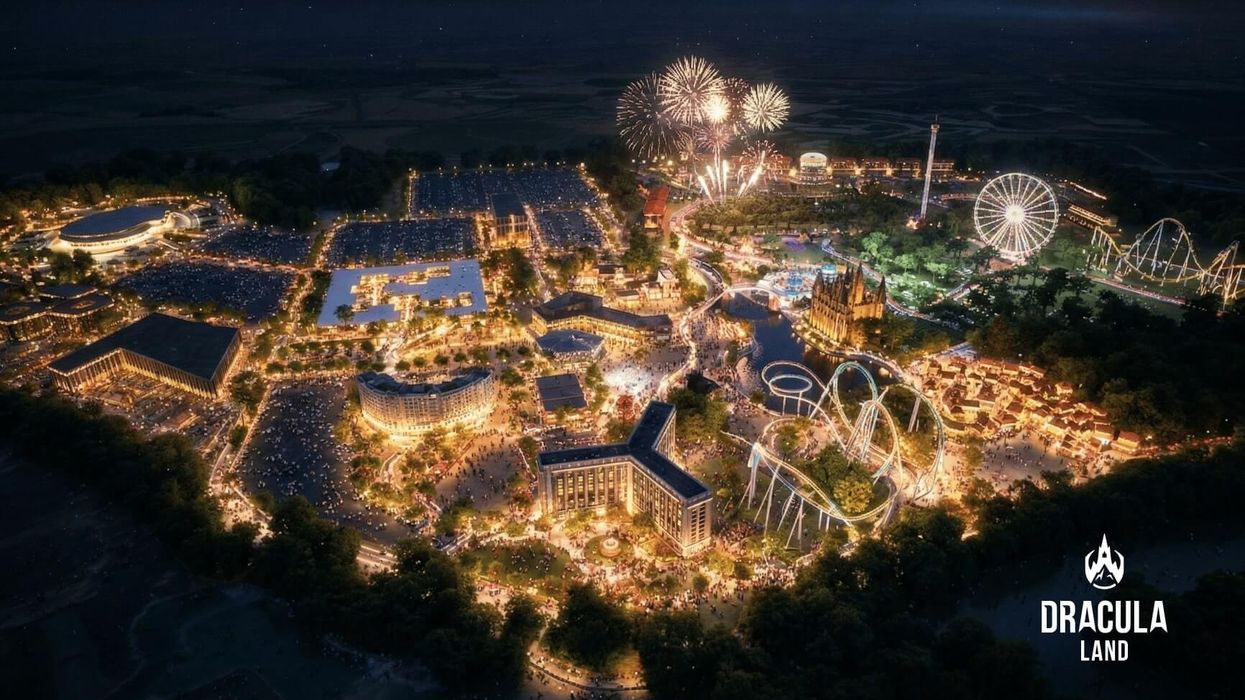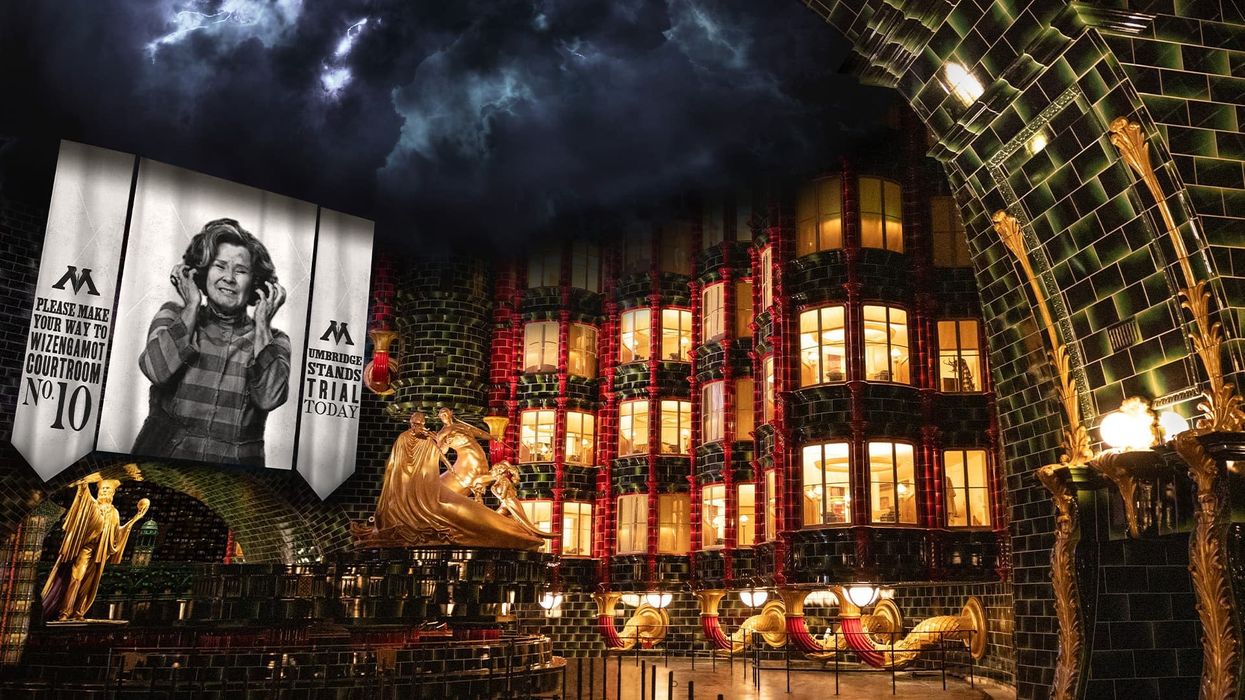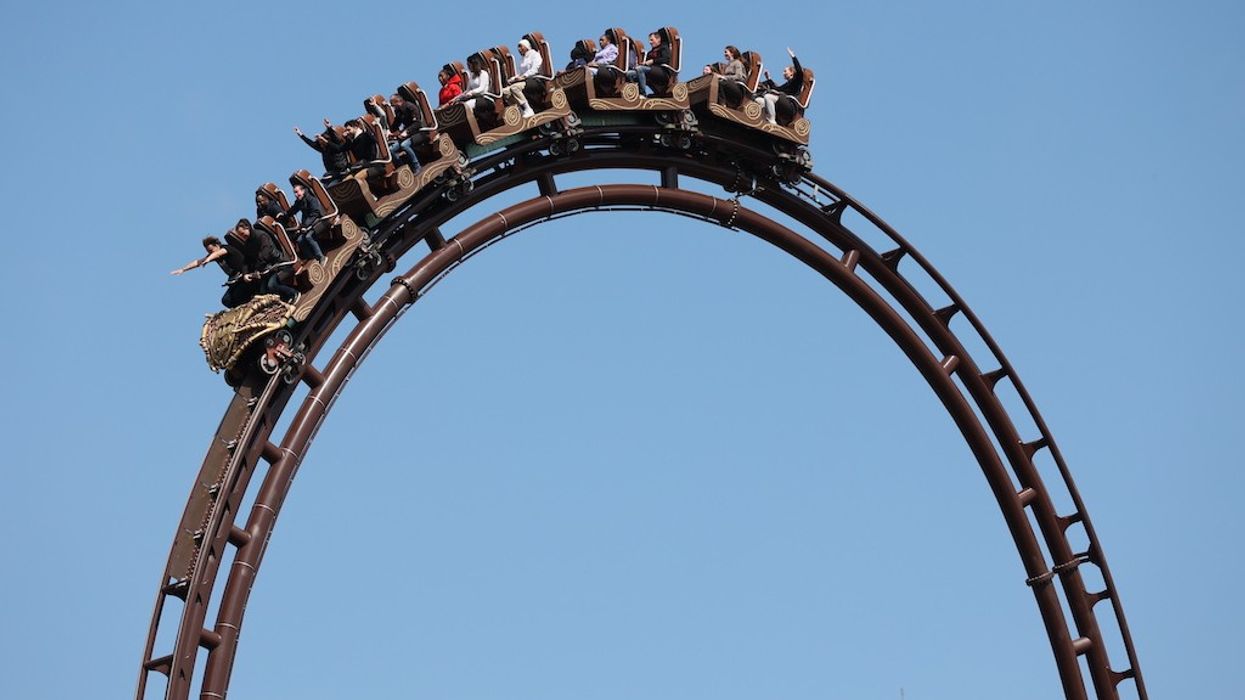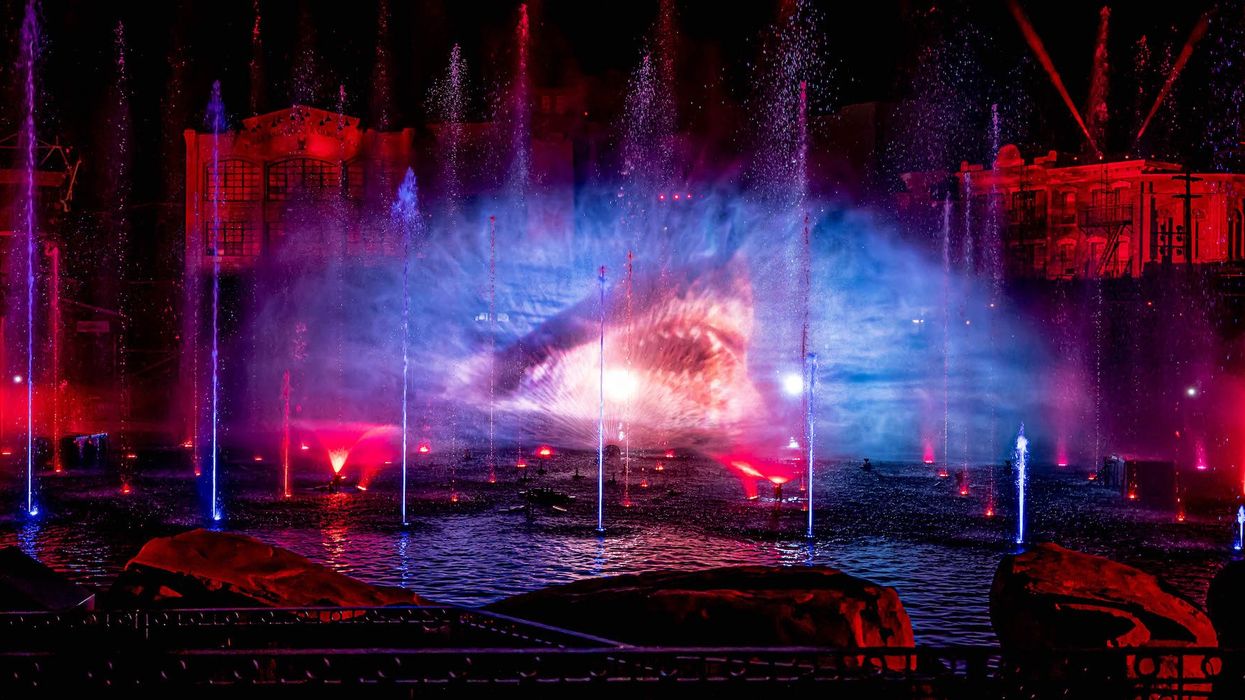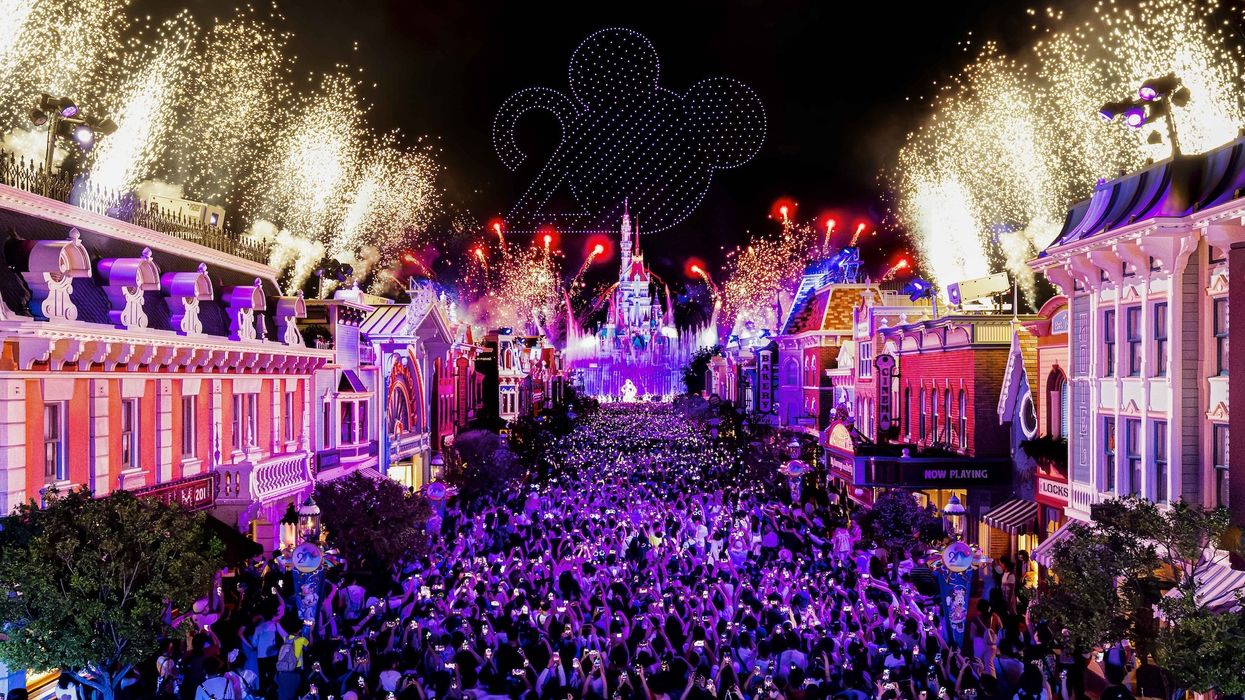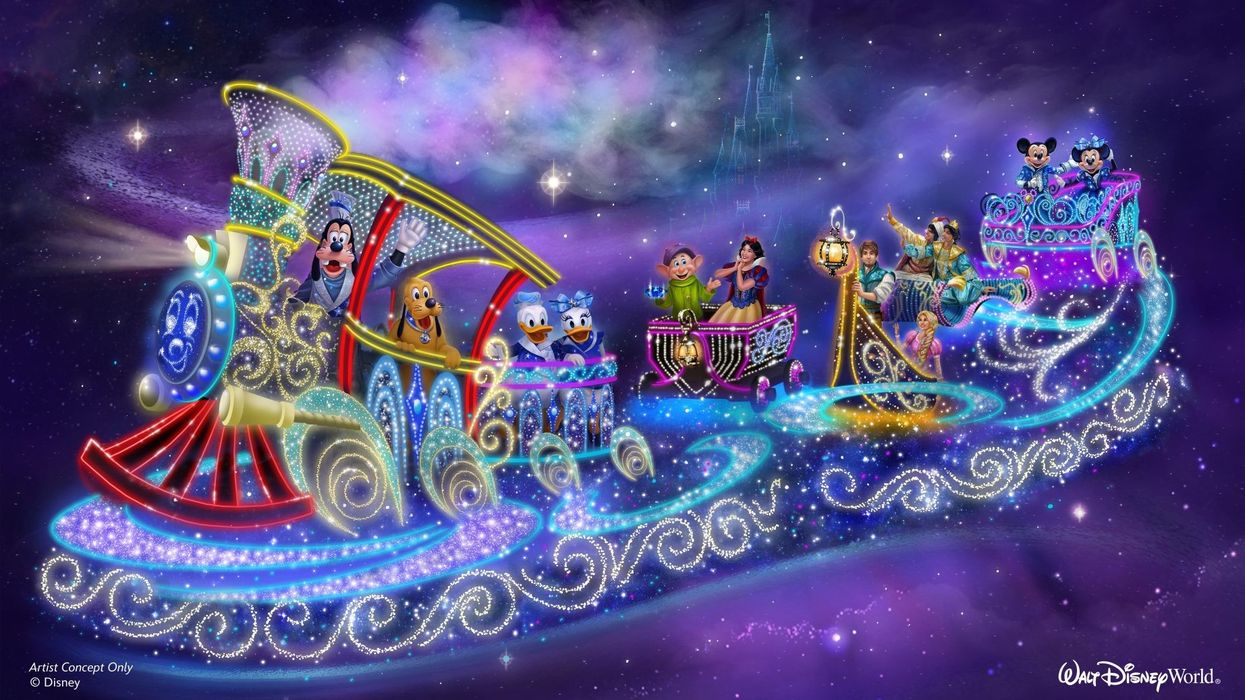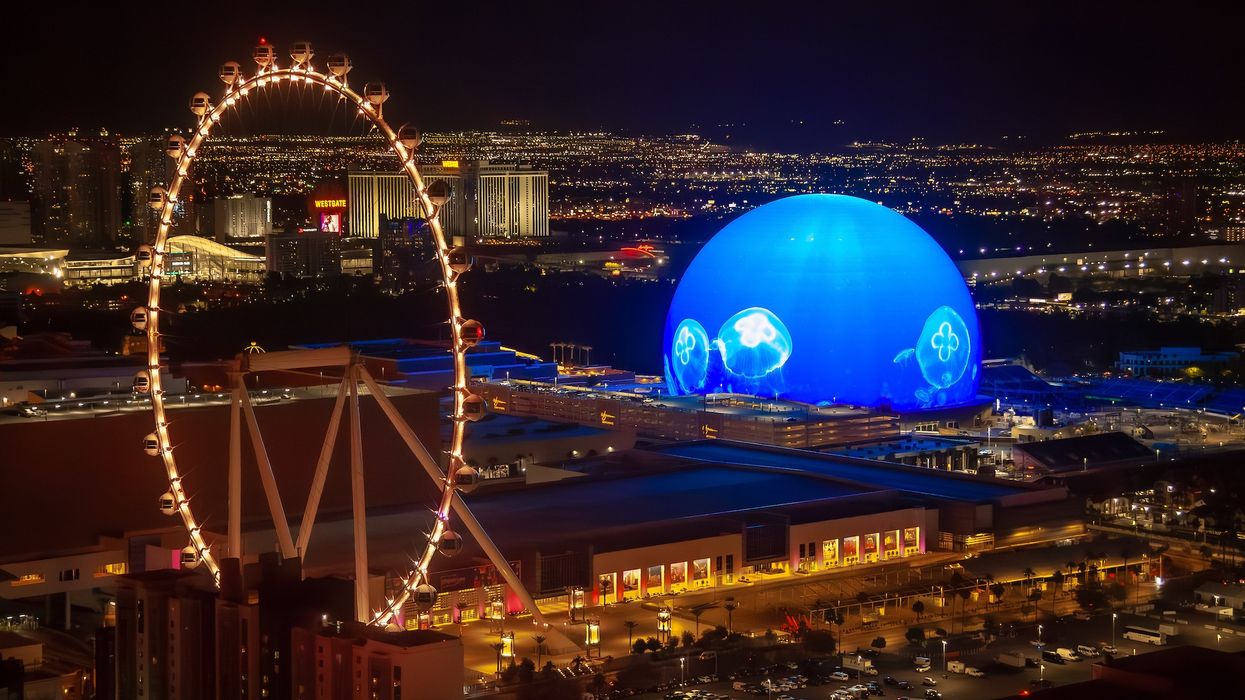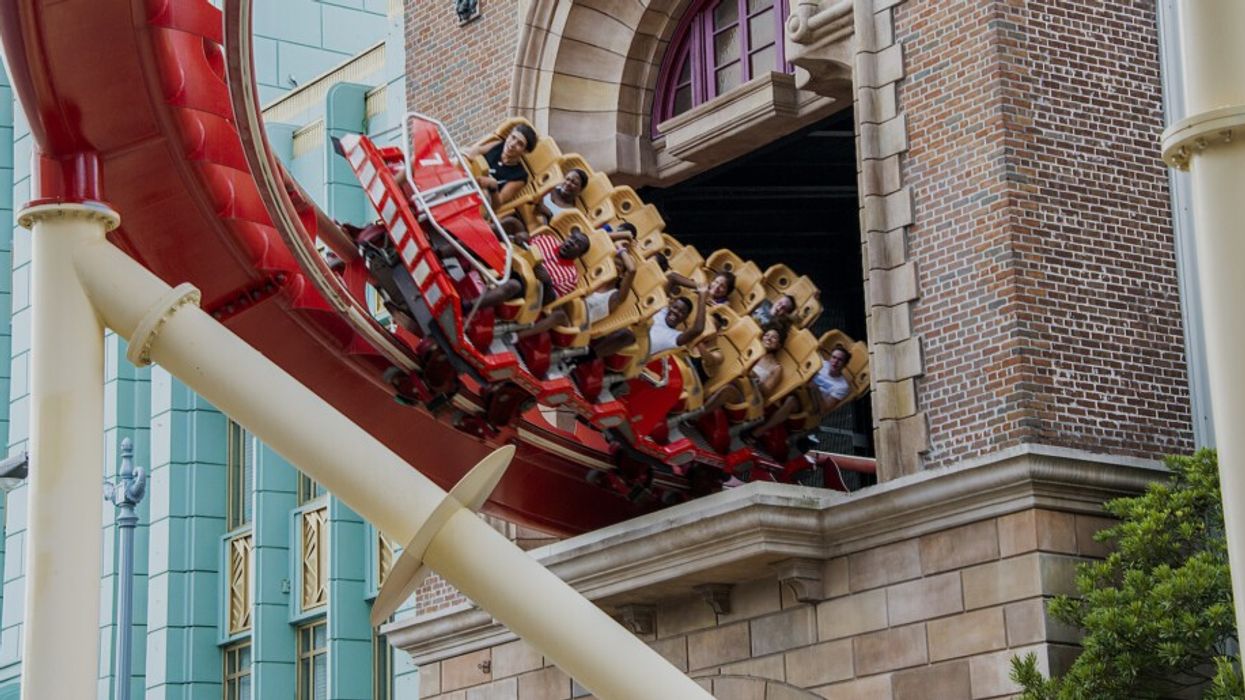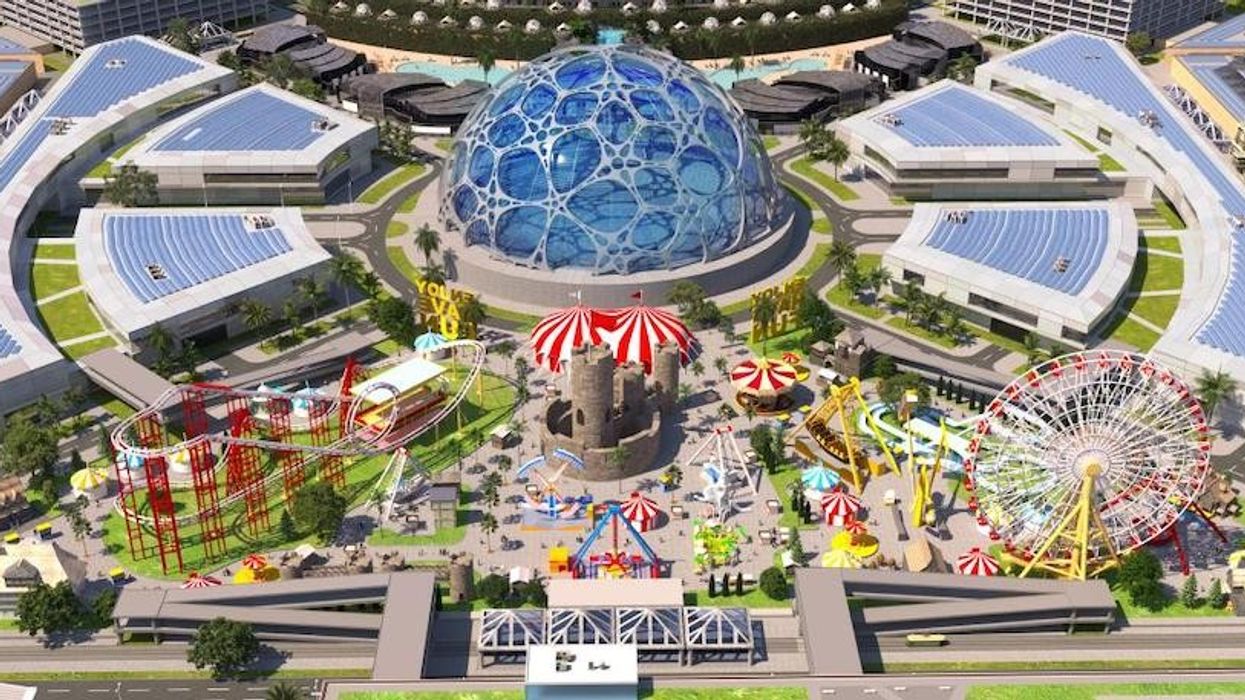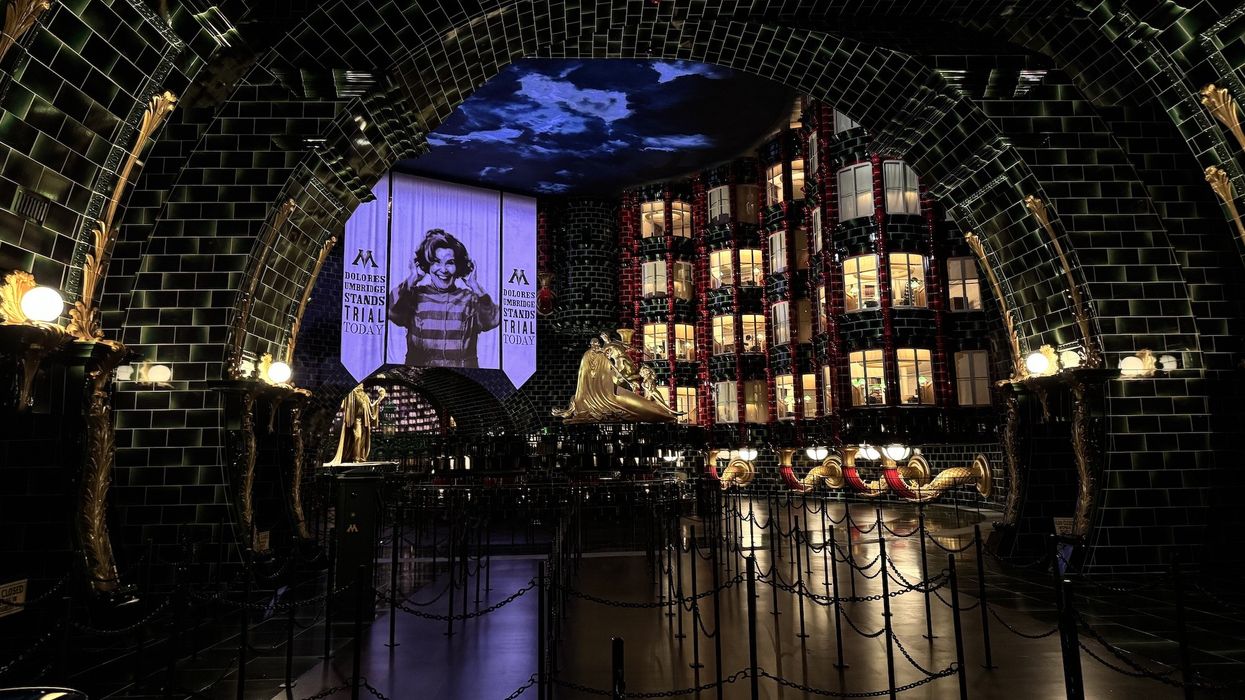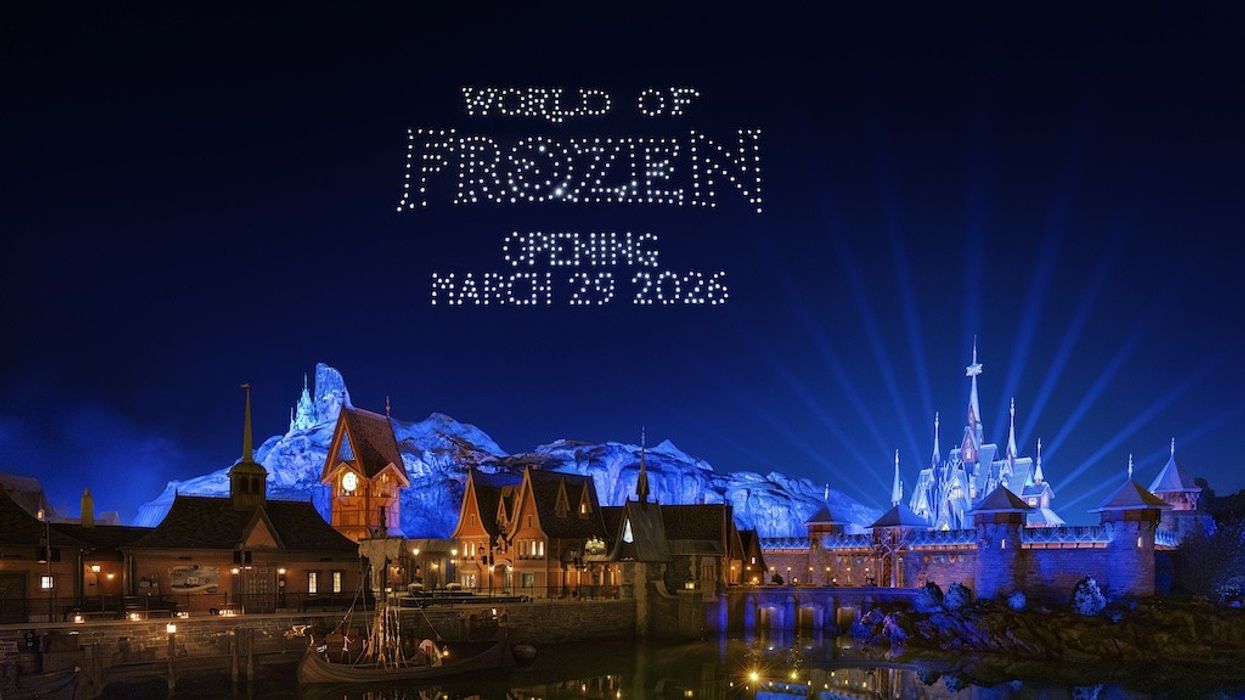The business of attractions, straight to your inbox!
Sign up to receive the industry’s most comprehensive news service directly to your inbox every day.
✅ Thank you! We’ve sent a confirmation email to complete your subscription.
Don’t miss out
Get the latest attractions industry news direct to your inbox, every day.
✅ Thank you! We’ve sent a confirmation email to complete your subscription.
Most viewed
Day
Week
Month
theme park investment
The theme park industry is notoriously challenging and demands near-constant reinvestment to remain viable. Developing new theme parks requires significant investment.
When Merlin Entertainments began the construction of three new LEGOLAND parks in China, in Shanghai, Shenzhen, and Sichuan, it invested over $2 billion. Meanwhile, in Saudi Arabia, a contract worth SR3.75 billion ($1 billion) was awarded to construct Six Flags Qiddiya. This is one of the country’s giga-projects being developed for Saudi Vision 2030.
To ensure a theme park's ongoing success, operators must invest in new attractions, rides, and experiences.
In 2023, Disney announced plans to spend $60 billion on its parks, experiences and products division over the following 10 years to significantly stimulate growth.
Rides are a significant factor for theme park investment. The development of a major new roller coaster can take many years and represents a major financial commitment. For example, Primordial, an interactive dark coaster at Lagoon Amusement Park in Utah, took seven years to complete.
Seasonal attractions, such as festive and Hallowe’en attractions, are also attracting notable investment from theme park operators. Halloween Horror Nights at Universal Studios Hollywood has proven so successful that it has led to the development of a year-round horror attraction at Area 15 in Las Vegas.
Aside from attractions, theme parks must also invest in environmentally responsible approaches. Porto Boega in Portugal, for example, is being built on an island. The theme park must invest in appropriate intervention and management to safeguard this space.
Don’t miss our
FREE daily newsletter
Get the latest attractions industry news direct to your inbox, every day.
✅ Thank you! We’ve sent a confirmation email to complete your subscription.
theme park investment features
Recent
blooloop is taking climate action and is now B Corp Certified.Sustainability strategy
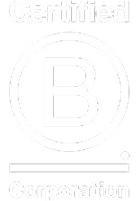
Become part of the blooloop community:Work with us
